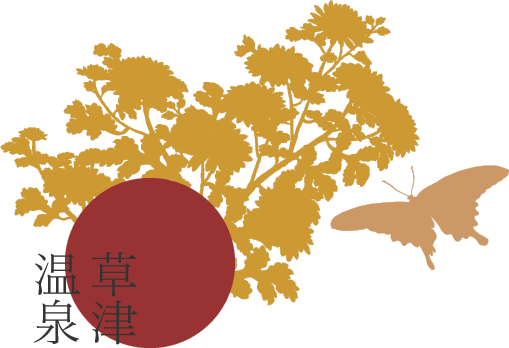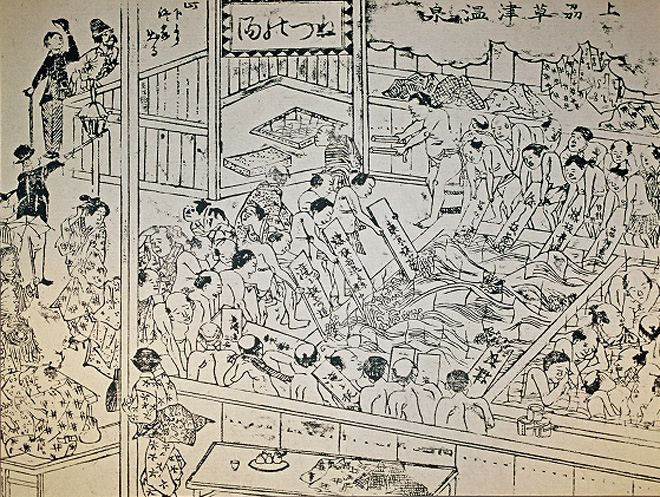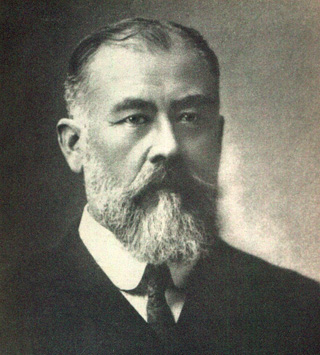
Basic Data
Located 200 kilometers north-northwest of Tokyo, Kusatsu Onsen is a small hot spring town nestled in the mountains that offer various natural settings in each of the four seasons. A tourist town with a population of around 7,000, Kusatsu welcomes upwards of three million visitors each year.
The main attraction is the town's spa, which is one of Japan's best three hot springs.
- The most water volume among all free-flowing hot springs in Japan
- 100% natural spring water that freely flows from its origin
- Hot, therapeutic spring water with very strong antibacterial power and a high acidity (pH2.1) that is one of Japan's foremost
One of Japan's best hot springs, Kusatsu Onsen consistently ranks high in various surveys of domestic hot springs.
It is known to all Japanese due to the common expression, "Kusatsu yoi toko, ichido wa o-ide…" (Come to Kusatsu once in your life, since it's such a wonderful place.)
Kusatsu Onsen, nestled in between Mount Shirane and Mount Motoshirane. Various legends are told about the discovery of the springs, some of which say Yamato Takeru found them more than 1800 years ago, while others say that the high priest Gyouki of the Nara period found them. It is also well known that Minamoto no Yoritomo, the first shogun of the Kamakura Shogunate, entered the spring when he came on a hunting trip.

"Shingen no Kakushiyu" is one of the particularly unique stories about Kusatsu Onsen. In order to lower the congestion of military men that had come from all over Japan to enter the baths(*1), Takeda Shingen, a military commander of the Muromachi period, sent out an order prohibiting entry into the baths. It is said that the eighth shogun of the Tokugawa shogunate, Yoshimune, had Kusatsu's spring water carried to Edo Castle, and in the middle of Yubatake the border of where his water was drawn still remains today.
The high quality of the spring water at Kusatsu was so loved even by the common people of the Edo period that a hot spring town as bustling as Edo itself called "Kusatsu Sengen Edo Gamae" came to exist.
(*1) It is said that this order was sent out because samurai from various areas had been coming to Kusatsu, and the public order had been getting worse.

Kusatsu's Hero
The fact that Kusatsu Onsen was introduced to world in the early 20th century (during Japan's Meiji Era) was an extremely rare happening.
A frequent visitor during those times, Dr. Erwin Von Bälz analyzed the spring waters and taught a therapeutic bathing method while heralding Kusatsu's highland location as perfect for a spa resort. Not only does it have high quality spring water, the location in Japan's finest mountains have fresh air and ideal drinking water. He praised it saying that, "if this location were in Europe, it would surely be extremely popular." Bälz introduced Kusatsu Onsen to the world as being an unrivaled highland spa, raising it to a world-class level resort.
Dr. Erwin Von Bälz (January 13, 1849 – August 31, 1913)
A German doctor who, after being invited by the Meiji Government in 1876, taught physiology, internal medicine and gynecology for 26 years at the Tokyo Imperial University (the forerunner of Tokyo University) and made significant contributions to medical treatment in Japan.